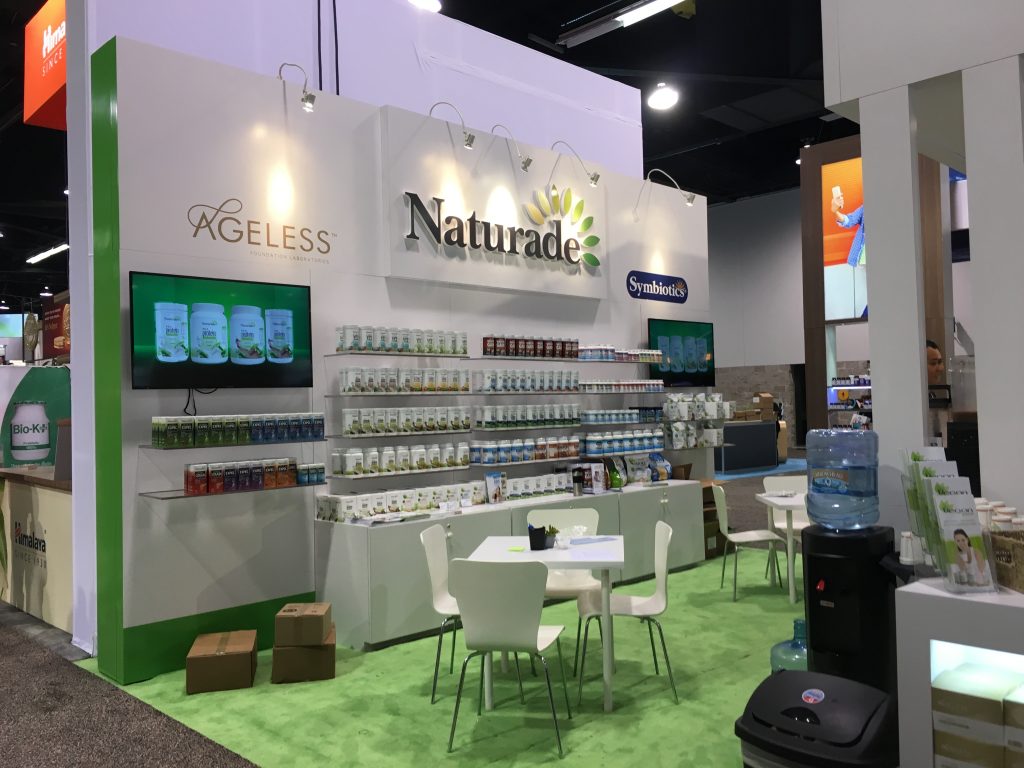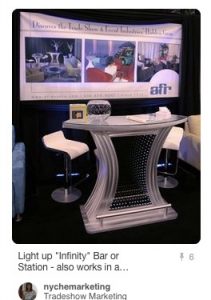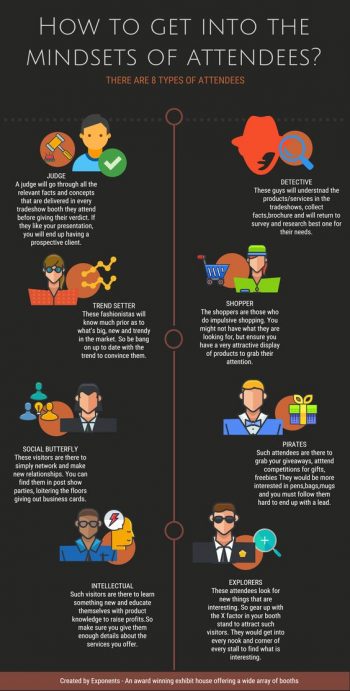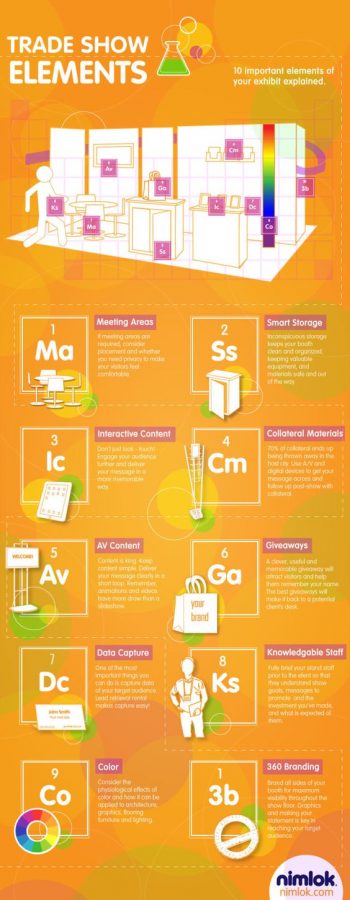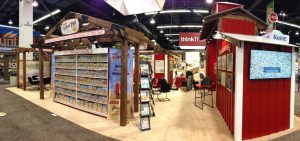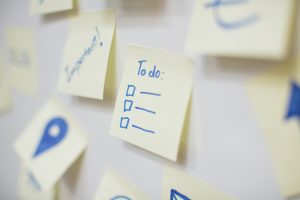Reverse Engineering Tradeshow Success
What do ya mean, reverse engineering tradeshow success? If you ask Wikipedia, you get this: “Reverse engineering, also called back engineering, is the processes of extracting knowledge or design information from a product and reproducing it or reproducing anything based on the extracted information.”
Or: disassemble something and analyze the components to see how it works.
Or make it simpler yet: start with the end in mind. Know what you want when all is said and done and then figure out what steps are required to get there.
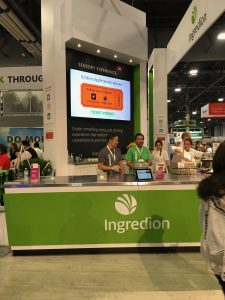
Let’s take a look at one of the main purposes of tradeshow marketing: generating leads. Want 300 leads at the end of three days? You’ll need on average, 100 a day. If it’s a 7 hour-a-day show, you’ll want to generate just over 14 leads per hour, or about one ever four minutes. Give or take.
If, in your experience based on tracking numbers at a particular show, you know that about 1 in 5 booth visitors is a good candidate for your product of service. And out of those 20% of visitors, one-third are judged to be strong or “A” leads, worthy of following up on in the first few days after the show.
Given that, about 1 in 15 booth visitors is an “A” lead. Do the math, and you see you need 4,500 booth visitors, or 1,500 per day.
When you examine that number, do you think it’s realistic that you’ll see enough people at your booth to get a true, qualified lead ever four or five minutes? Is that assumption based on past experience, or is it just a wild guess?
Let’s take another perspective. If you know that there are going to be about 70,000 visitors to the show (it’s a pretty big show!), and you want just 300 leads in three days, you need about one out of every 233 visitors to stop by and do your thing to qualify them.
That’s one way to reverse engineer the math.
Now it gets a little more difficult. How do you reverse engineer tradeshow success on other things, such as your exhibit, your people, your giveaways?
As far as your exhibit, if you need to accommodate 1500 visitors a day, that’s about 200 an hour. If you need about 5 minutes with each visitor to determine if they’re a qualified lead, that’s 1000 minutes. That means a total of 16 2/3 hours of actual time during each hour of the show. Rough math means you need about 20 people in your booth to be there for each hour. Which (doing the math again), you’ll need a sizeable booth space to accommodate 40 people at any given time.
If that’s not reasonable given your budget and space, you’ll want to spend time examining your overall realistic expectations for how many leads you’ll generate during the show.
Of course, real life doesn’t work just like the math we just walked through. Some visitors are disqualified instantly. Some people will take longer to qualify, especially when it comes to your follow up.
My advice? If you haven’t done so, set a baseline at your next show. Do your best to count booth visitors, track leads daily if not hourly, and add everything up once the show is over. Do it for each different show to see how they compare. Then when the same shows roll around next year, you have a starting point. Put practices into place that allow you to better engage visitors, create pre-show marketing strategies that bring more targeted folks to your booth, and make sure that your post-show follow-up system is solid.
Reverse engineering tradeshow success may be an odd way to look at how you get from Point A to Point B, but it’s as good as any, and better than many.
Grab our free report “7 Questions You’ll Never Ask Your Exhibit House” – click here!



